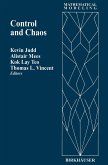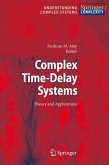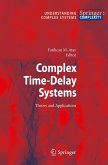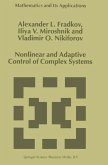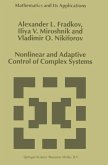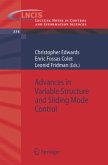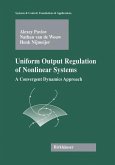This volume contains the proceedings of the US-Australia workshop on Control and Chaos held in Honolulu, Hawaii from 29 June to 1 July, 1995. The workshop was jointly sponsored by the National Science Foundation (USA) and the Department of Industry, Science and Technology (Australia) under the US-Australia agreement. Control and Chaos-it brings back memories of the endless reruns of "Get Smart" where the good guys worked for Control and the bad guys were associated with Chaos. In keeping with current events, Control and Chaos are no longer adversaries but are now working together. In fact, bringing together workers in the two areas was the focus of the workshop. The objective of the workshop was to bring together experts in dynamical systems theory and control theory, and applications workers in both fields, to focus on the problem of controlling nonlinear and potentially chaotic systems using limited control effort. This involves finding and using orbits in nonlinear systems which can take a system from one region of state space to other regions where we wish to stabilize the system. Control is used to generate useful chaotic trajectories where they do not exist, and to identify and take advantage of useful ones where they do exist. A controller must be able to nudge a system into a proper chaotic orbit and know when to come off that orbit. Also, it must be able to identify regions of state space where feedback control will be effective.


